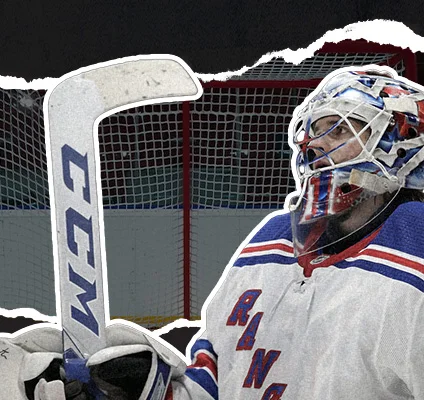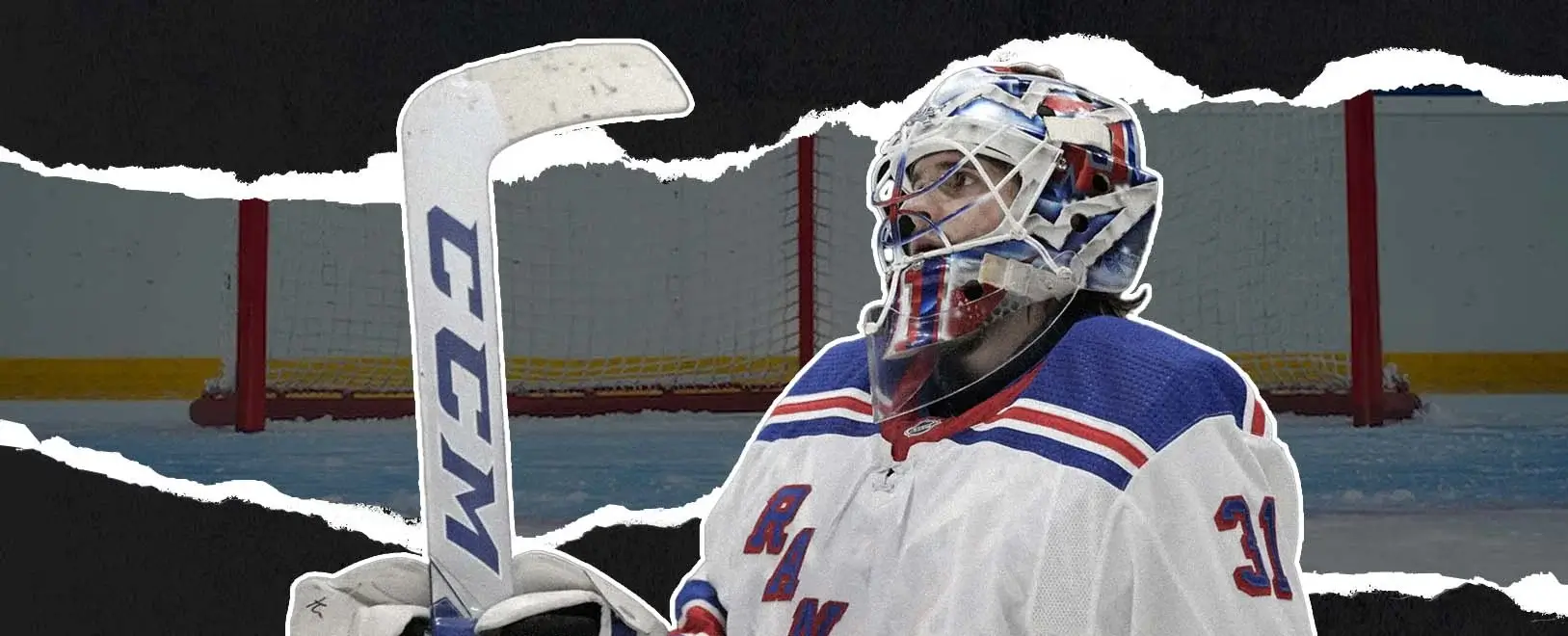How Salary Increases Reshape NHL Betting Landscape in 2024 2025
As the 2024-2025 NHL season unfolds, a significant increase in the salary cap is sending ripples through the league, dramatically altering team strategies and reshaping rosters. This financial shift is not only changing the competitive landscape but also having a profound impact on NHL odds and lines, captivating fans and sports betting enthusiasts across Canada and beyond.
The Salary Cap Increase: A Game-Changer
The $5.5 million increase in the salary cap from the 2023-2024 season has provided NHL teams with unprecedented financial flexibility. This boost is primarily attributed to the league's strong revenue growth, driven by lucrative broadcasting deals and the successful integration of the Seattle Kraken franchise.

Roster Reshaping Strategies
Star Player Acquisition
Several teams have leveraged the increased cap space to acquire marquee free agents or facilitate trades for high-salary stars. The Detroit Red Wings, long in a rebuilding phase, made a splash by signing unrestricted free agent defenseman Dougie Hamilton to a 7-year, $63 million contract. This move, coupled with their young core's development, has seen their Stanley Cup odds improve from 50-1 to 28-1.
Depth Enhancement
Some teams are opting to spread their additional cap space across multiple signings, enhancing overall roster depth. The Edmonton Oilers, seeking to complement their star-studded offense, added several mid-tier players to bolster their bottom six forwards and defensive corps. This strategy has solidified their position as one of the favorites for the Stanley Cup, with odds hovering around 8-1.
Long-term Core Retention
Several franchises are using the cap increase to lock up their core players to long-term deals, ensuring competitive stability. The Colorado Avalanche extended Nathan MacKinnon with a market-setting 8-year, $100 million contract, securing their franchise centerpiece through his prime years. This move has kept the Avalanche among the top Stanley Cup contenders, with odds around 6-1.
Impact on NHL Odds and Hockey Betting
Stanley Cup Odds
The increased parity resulting from the cap rise has led to a more competitive field of Stanley Cup contenders. Traditional powerhouses are facing stiffer competition from emerging threats. The Vegas Golden Knights, capitalizing on the increased cap space to add scoring depth, have seen their Stanley Cup odds improve from 14-1 to 10-1. Conversely, the Tampa Bay Lightning, forced to make difficult roster decisions due to cap constraints, have seen their odds lengthen from 8-1 to 12-1.
Player Performance Props
With teams able to surround star players with better supporting casts, individual player performance props are seeing interesting shifts. Connor McDavid's point total over/under for the season opened at 140.5, up from 135.5 the previous year, reflecting the Oilers' improved roster depth. This has become a popular option for NHL best bets among those who believe the additional support will boost McDavid's already stellar production.
Divisional and Conference Odds
The reshuffling of talent has led to significant changes in divisional and conference odds, creating new opportunities for savvy bettors. The Buffalo Sabres, after years of rebuilding, used their cap space to add veteran presence to their young core. This has seen their odds to win the Atlantic Division improve from 25-1 to 16-1, presenting an intriguing option for those looking for value in their NHL best bets.
Challenges and Opportunities for NHL Teams
Pressure to Spend
With more money available, there's increased pressure on teams to spend to the cap, potentially leading to overpayment for mediocre talent. The Philadelphia Flyers, eager to return to playoff contention, signed several free agents to contracts that many analysts consider above market value. This aggressive approach has moderately improved their Stanley Cup odds from 66-1 to 40-1, but questions remain about the long-term wisdom of these moves.
Balancing Present and Future
Teams must balance the temptation to go all-in with the need to maintain future flexibility. The Pittsburgh Penguins, looking to maximize their championship window with Sidney Crosby and Evgeni Malkin, used much of their additional cap space on short-term, high-impact veterans. This has kept them in the conversation as Cup contenders with odds around 18-1, but potentially at the cost of future roster flexibility.
Managing Internal Salary Structures
The influx of new money can disrupt established internal salary structures, potentially leading to discord among players. The Winnipeg Jets faced challenges in their contract negotiations with several key players, as the increased cap led to higher salary expectations across the board. This situation has contributed to their Stanley Cup odds remaining relatively stable at 30-1, despite the potential for improvement.
The Canadian Perspective
Competitive Balance
Canadian teams, often operating in smaller markets, now have more financial flexibility to compete with their American counterparts. The Ottawa Senators, long operating on a tight budget, used the cap increase to add several impact players, improving their odds to make the playoffs from 5-1 to 2-1.
Increased Betting Options
The more competitive landscape has led to a proliferation of betting options for Canadian hockey fans. Sportsbooks in Canada have seen a 20% increase in the variety of NHL prop bets offered, reflecting the more unpredictable and exciting nature of the league post-cap increase.
National Pride Factor
The improved competitiveness of Canadian teams has reignited hopes for ending the Stanley Cup drought, adding an extra layer of excitement to hockey betting in Canada. The Montreal Canadiens, after a strategic rebuild, have used their cap space to emerge as dark horse contenders. Their odds to win the Stanley Cup have improved from 80-1 to 35-1, attracting significant betting interest from patriotic Canadian fans.
Long-term Implications
Evolving Team-Building Strategies
The increased cap is leading to a reevaluation of how to construct a championship-caliber team. The Arizona Coyotes, long operating near the salary floor, have adopted a strategy of acquiring undervalued assets from cap-strapped teams, slowly improving their odds from 100-1 to 66-1.
Impact on Player Development
With more money available for proven talent, there may be shifts in how teams approach player development and the entry-level system. The Carolina Hurricanes have doubled down on their player development system, using their cap space to retain homegrown talent rather than splurging in free agency. This approach has kept them steady as Cup contenders with odds around 12-1.
Collective Bargaining Agreement Considerations
The dramatic cap increase may influence future CBA negotiations, potentially leading to further changes in the league's financial structure.
Conclusion
The significant increase in the NHL salary cap for the 2024-2025 season has reshaped the league's competitive landscape, creating a more unpredictable and exciting environment for fans and bettors alike. As teams continue to adapt their strategies to this new financial reality, the implications for NHL odds, hockey betting, and the quest for the Stanley Cup are profound and far-reaching.
For those engaged in sports betting in Canada and beyond, this new era presents both challenges and opportunities. The increased parity and roster fluidity have made NHL best bets more difficult to predict, but have also created new avenues for value for those willing to dig deep into team dynamics and financial structures.
As the season progresses, it will be fascinating to see how these roster reshaping strategies play out on the ice, and how they continue to influence the odds to win the Stanley Cup. One thing is certain: the 2024-2025 NHL season promises to be one of the most competitive and unpredictable in recent memory, making it an exciting time for hockey fans and bettors around the world.
